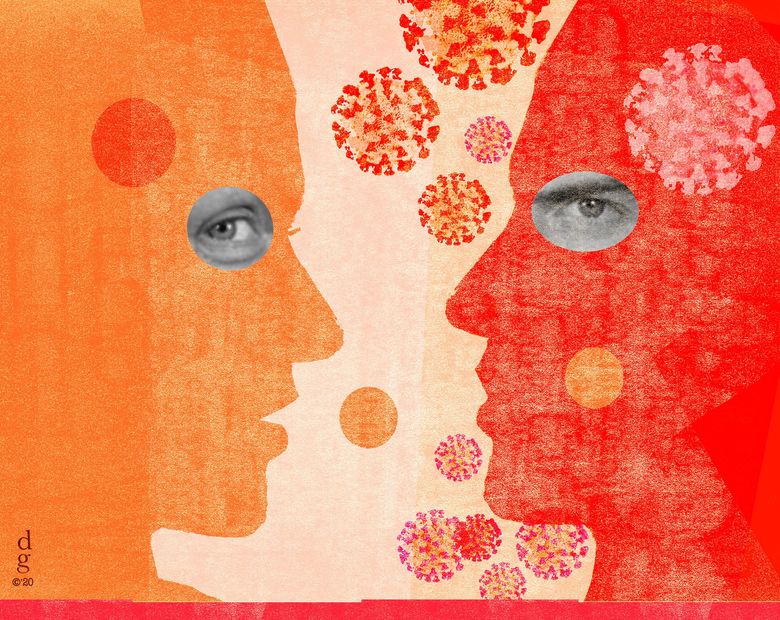
But before we can return to a “normal” work, leisure and school life, we must ensure that our buildings are safe. The CDC recently acknowledged that COVID-19 is an airborne virus, something that many have suspected and have worked around for months. Now that it is known, building owners, superintendents and property managers can be the heroes, safely bringing people inside and jump-starting the economy by following the research and guidelines from the CDC, the state, and the American Society of Heating, Refrigerating and Air-Conditioning Engineers (ASHRAE).
Because every building has its own customized heating, ventilating and air-conditioning systems based on the number of floors, layout, age and construction materials, each must have its own expert inspection and customized solution.
With COVID-19, we want to make sure inside air is as safe to breathe as clean outside air. Heating and cooling systems can reduce the airborne concentration of COVID-19 inside, lessening the virus load that individuals are exposed to as they work or learn. In addition to social distancing and wearing masks, we can use these best practices to bring in as much fresh air as possible, creating as safe an environment indoors as outdoors.
For anyone looking for reassurances about spending time working, dining or learning inside, here are the most important air system adjustments to understand in the age of COVID-19.
The more clean, outside air that is brought into a building, the better. ASHRAE recommends three changes of outdoor air before people come back into a building. Air should also be flushed from a building at the end of the workday so that employees return to clean air the next morning. Although flushing the air through a building more often than in the past uses more energy and might make occupants a bit uncomfortable because of temperature and humidity fluctuations, it’s a worthwhile inconvenience to improve air quality and safety.
Regulating humidity is important. A study published in the journal PLOS One showed that maintaining humidity levels above 43% cuts the ability of viruses like the flu to spread. Few local buildings have humidity controls. However, placing portable humidifiers in high-traffic areas such as a lobby or entrance — especially in the dryer winter months — offers a good alternative.
One way employers can assure workers that it’s safe to return to the office is to upgrade the building’s air filtration to remove as many virus-collecting particles from the air as possible. Replacing filters often is recommended. HEPA filters also work to arrest very fine particles, but retrofitting an HVAC system not designed for HEPA filtration is difficult. Instead of replacing an entire system, building owners may want to use smaller, recirculating HEPA filtration systems in high-traffic areas such as a lobby or building entrance.
Bipolar ionization is becoming popular in commercial buildings. The latest versions are safe and don’t emit harmful ozone. This technology uses positively and negatively charged ions to kill microscopic organisms, such as viruses in the air and on surfaces.
All these solutions, used along with face masks and social distancing, will increase the safety of working, recreating and learning indoors. They offer ways for building owners and operators to visibly show tenants, employees, parents and students that they are being proactive. We can safely reduce the risk to come inside and help get our economy humming again.